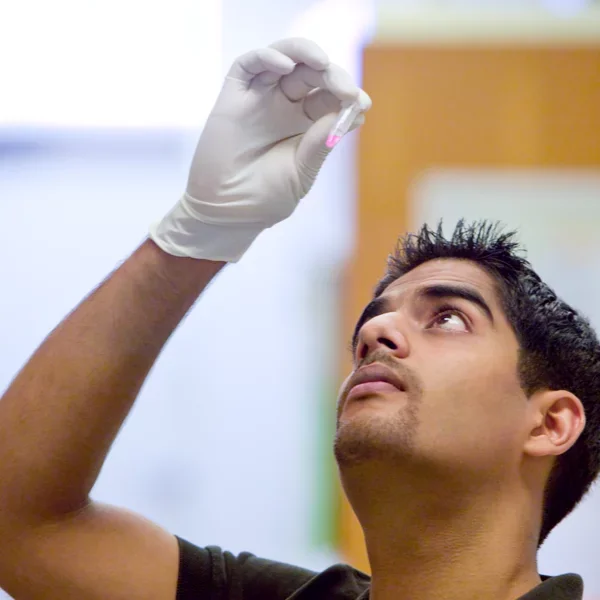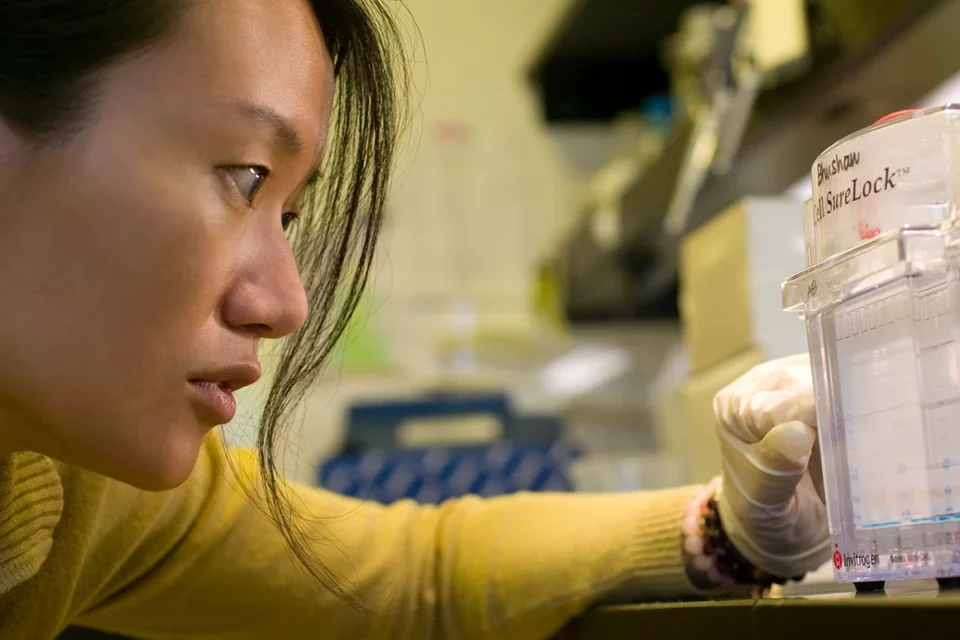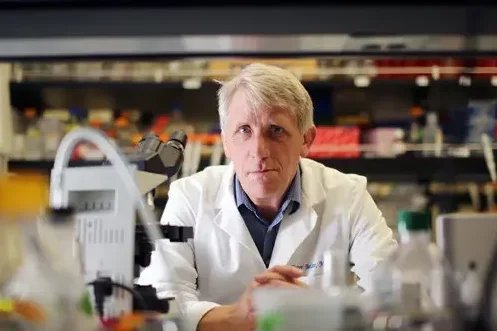Our Research
Our Research
The Larry L. Hillblom Islet Research Center at UCLA brings together a group of leading scientists to work as a team in the area of islet research. The team includes experts in the understanding of why islet cells are killed and how this outcome might be avoided, how islet cells are formed and how we might encourage islet repair, how islet cells make and release insulin, and how this process might be increased to restore insulin levels.

In the Larry L. Hillblom Islet Research Center, collaborating investigators have the benefit of conducting their research with state-of-the-art equipment and facilities. This superb environment was made possible by a generous grant from the Larry L. Hillblom Foundation. The research team in the Larry L. Hillblom Islet Research Center strives to provide excellent training for young scientists from around the world, and in so doing, to understand the cause of islet cell destruction leading to diabetes and to understand how islet cells can be replaced.
As we work toward these goals, our overriding aim is to contribute toward — while providing leadership in — the worldwide efforts that eventually will lead to the prevention and cure of diabetes.
Cores
Islet Imaging Core
The islet imaging core makes available state of the art facilities for processing, embedding, section and immuno-staining pancreatic tissue or isolated islets. In addition the imaging core provides state of the art light and fluorescent microscopes with software developed in house to permit efficient quantification of b-cell mass, a-cell mass, islet size, b-cell apoptosis, intracellular ionized calcium mitochondrial membrane potential. The core also provides a confocal microscope with the facilities to permit live cell (and islet) imaging and microscopes adapted for either fluorescent or light time-lapse microscopy of living cells.
Molecular Biology and Viral Core
The purpose of the molecular biology and viral core is to provide state of the art equipment and expertise to promote molecular approaches to islet biology research. The core assists in molecular biology techniques, from DNA construct making to generation of adenoviruses.
Islet Function Core
The islet function core provides animal studies support, support with islet isolation and islet perfusion. Maintenance of animal colonies with specific genetic manipulations plays an increasingly important role in islet research.
Human Tissue Core
There is an increasing appreciation that many aspects of islet biology differ between humans and rodents. However human pancreatic tissue is very hard to obtain. Shortly after death the exocrine pancreas begins to digest the pancreas (autolysis) making it unsuitable for study. We are fortunate to have a long standing collaboration with Mayo Clinic where autopsies are often performed within a short time of death, including at weekends and pancreas tissue is obtained and stored for research purposes for this network.


